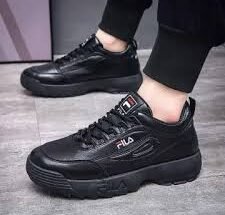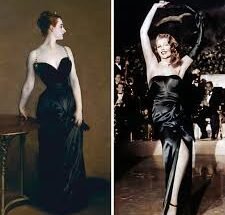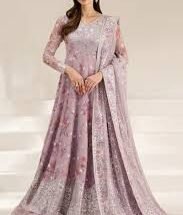The 1970s was a decade of diverse and eclectic fashion, with popular dress styles ranging from flowing bohemian looks to tailored disco attire.
Key dress styles of the 1970s included:
Wrap Dresses,Maxi and Midi Dresses,
- Maxi and Midi Dresses: These long, flowing dresses were a staple of the early 70s, often featuring a feminine, romantic silhouette. Many were made from lightweight fabrics with floral or psychedelic patterns.
- Wrap Dresses: The wrap dress, popularized by designer Diane von Furstenberg in 1974, became an iconic symbol of the era. Its simple, flattering, and versatile design made it a wardrobe essential for many women.
- Peasant Dresses: Inspired by bohemian and folk cultures, peasant dresses had a romantic, “hippie” feel. They often featured high, empire waists, long sleeves, and intricate details like lace trim and embroidery.
- Caftan Dresses: With origins in North Africa and the Middle East, the caftan became a popular at-home and resort wear choice in the 70s, known for its comfortable, oversized silhouette and often vibrant prints.
- Shirtwaist Dresses: These dresses, with their button-down fronts and tie belts, resembled a long shirt and were a more casual, everyday option.
Function:
The overall style of the 70s was characterized by a mix of natural, earthy tones and bright, bold colors. Fabrics like polyester, corduroy, and crochet were also very common.
Here are some images of 1970s dresses:

In addition to the styles mentioned previously, 1970s dresses were also defined by their use of bold patterns and a variety of fabrics. Tie-dye, floral, and paisley prints were all very popular, reflecting the continuing influence of the hippie movement. The decade was also known as the “Polyester Decade,” as new synthetic fabrics made fashionable styles more accessible and easy to care for.
Evening wear saw a shift with the rise of disco culture. While formal maxi dresses continued to be worn, new trends emerged including halter-neck dresses, sequined fabrics, and outfits with high slits. The latter part of the decade also saw a more relaxed, anti-conformist approach to fashion, with casual chic styles becoming more common. This included the use of simple, comfortable dresses and separates.
History:
The 1970s was a decade of rapid fashion change, with dress styles evolving significantly from the early years to the end of the decade.
Early 70s (1970-1974),Late 70s (1975-1979)
- Early 70s (1970-1974): The early part of the decade was a continuation of late 1960s trends. This era was dominated by the bohemian and hippie aesthetic, which was reflected in dress styles. Maxi and midi dresses with flowing silhouettes were common, often made from natural fabrics and featuring folk-inspired details like embroidery, crochet, and patchwork. The “prairie dress” with its frills, high necklines, and delicate floral prints was a popular look.
- Late 70s (1975-1979): As the decade progressed, fashion became more defined by disco glamour and the rise of power dressing for women entering the workforce. The iconic jersey wrap dress, popularized by designer Diane von Fürstenberg, became a symbol of a more liberated, versatile style, equally suitable for the office and an evening out. Dresses for disco culture were more fitted and flashy, featuring materials like satin, velvet, and sequins. Halter necks and deep V-necklines became popular for evening wear, often paired with platform shoes.
1970s Clothes Dressses Style:
- Influential Designers: The decade’s diverse dress styles were heavily influenced by several key designers. Diane von Fürstenberg revolutionized women’s fashion with the wrap dress. Yves Saint Laurent pushed boundaries with his “Le Smoking” tuxedo for women, which contributed to the rise of androgynous fashion. Halston became the quintessential designer of the disco era, creating minimalist, fluid gowns from luxurious fabrics like ultrasuede and chiffon, perfect for the dance floor at Studio 54.
- Even as disco and bohemian styles dominated the mainstream, the 1970s also saw the emergence of a new.


